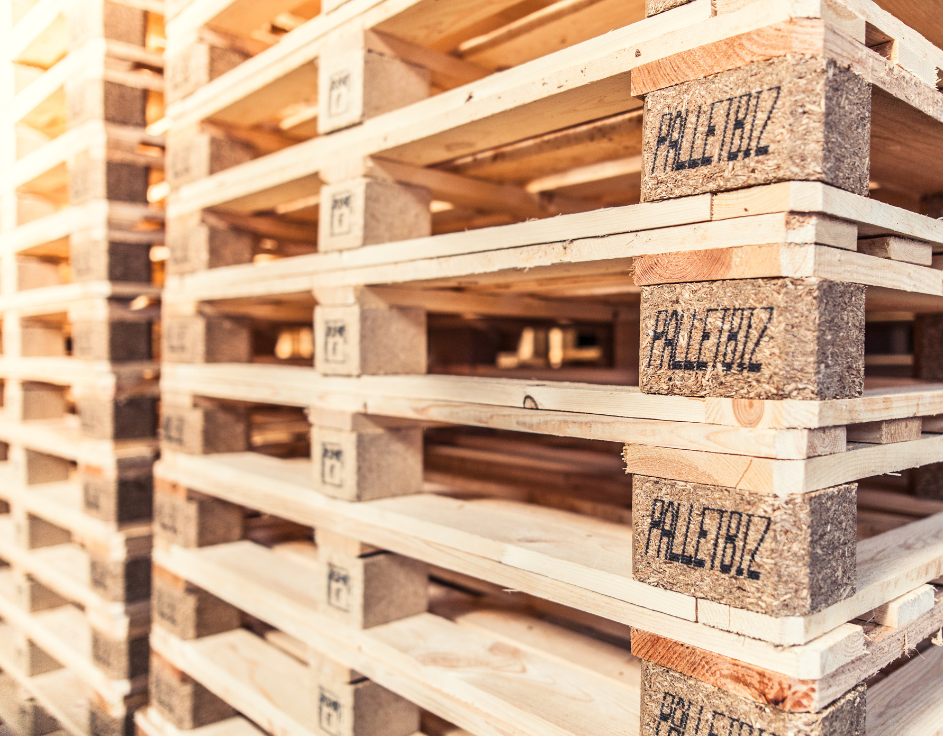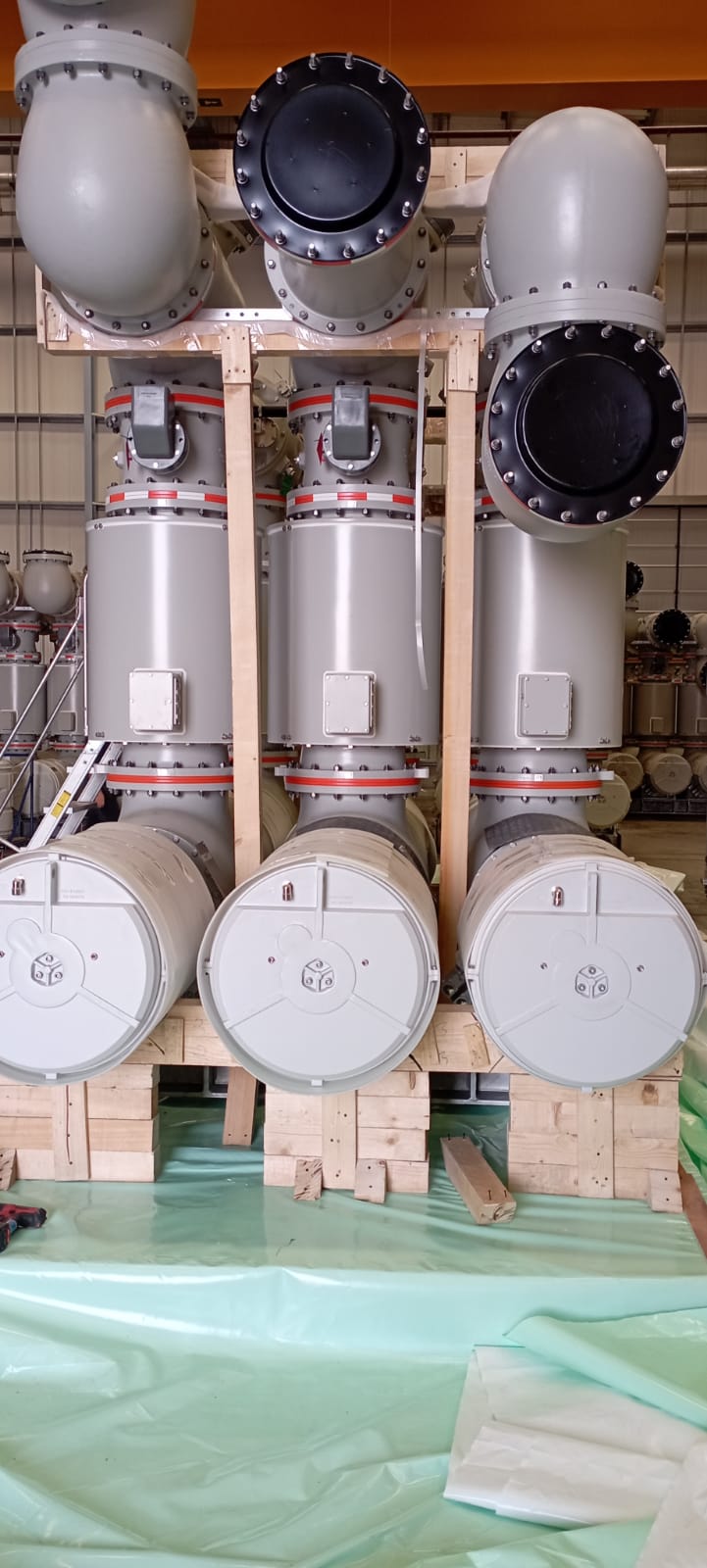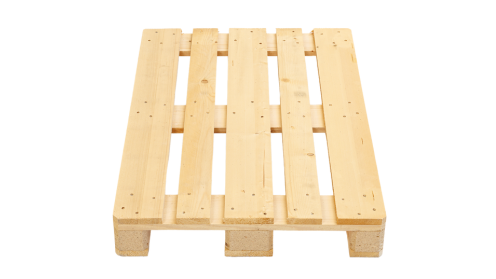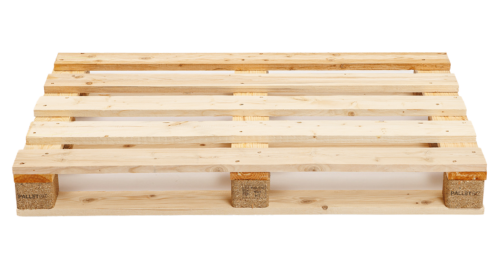Wooden Pallets
Pallet Solutions for Every Industry. From Euro pallets to custom designs – delivering quality, sustainability,
and efficiency in every solution.

Your Trusted Partner for Pallet Solutions
PalletBiz offers a wide range of high-quality pallets designed to meet the specific needs of various industries. Our products are made with sustainability in mind, ensuring minimal environmental impact while delivering maximum efficiency.
Euro Pallets from PalletBiz are either EPAL or UIC licensed and heat treated in accordance with the IPPC ISPM-15 Standard. This is why handling your products with PalletBiz Euro Pallets is not only an investment in high quality wooden packaging materials, but also an investment in the safety of your products and goods.
Our Wooden Pallets
EPAL Pallets
EPAL pallets are the backbone of global logistics, with over 650 million in circulation worldwide. Manufactured under the license of European Pallet Association (EPAL), they are renowned for their high quality and adaptability to market demands. The EPAL pallet, produced by PalletBiz, is a highly reliable and standardized wooden pallet designed for international logistics.
PalletBiz Pallets
The PalletBiz Pallets are our own pallet product, designed to be an alternative to Euro Pallets. The pallet is easily identified by “PalletBiz” logo, as shown on the picture.
The pallets are constructed with just the right combination of elements to achieve a lower cost than Euro Pallets, without compromising on quality or strength.
Used Pallets
PalletBiz offers collection, repair and buyback services of Used Pallets belonging to the PalletBiz exchange pool or to our clients’ own circulation of pallets.
To enable these services, PalletBiz has an extensive network for collecting and repairing Used Pallets to be re-introduced to our clients at competitive prices.
Wooden Pallet Features & Capabilities

MATERIAL
Soft and hard woods with the right density in mind

LOAD CAPACITY
Maximum working load testing and durability comparison testing acc. to ISO-8611

SIZE/DIMENSIONS
Beside standard products, we produce as per client specifications

DESIGN
We aim at following the principles of Design For and From recycling

INDUSTRY USE
We follow a consultative approach and use inhouse P-design software to cater for the various industries

REUSABILTY
Besides manufacturing new products, we aim to Reduce by Reuse and Recycling

INDUSTRY COMPLIANCE
PalletBiz adheres to various industrial standards speaking to management, products and sustainability

SERVICES
We care about post-sales service at PalletBiz and offer a wide range of value adding services
Designed for Repair, Reuse and Recycle
Our pallets are produced with sustainability at the forefront. We use certified materials,
promote pallet reuse and repair, and adhere to international standards that protect the environment.
How our pallets are made
What Our Clients Say
“Reliable, on time, good quality”
We are impressed with the professionalism and reliability of PalletBiz. Their products consistently meet our expectations, and their communication is excellent. A trustworthy partner with great value for money.
— Client in the Manufacturing industry
“Competitive pricing and good customer service”
PalletBiz offers competitive pricing and reliable delivery times. The customer service team is responsive and helpful, making them an excellent choice for packaging solutions.
—Procurement Manager in the Construction industry
“Quick response and great team on site”
PalletBiz has always provided quick responses when we needed pallets urgently. Their team is professional, and their focus on maintaining high standards is much appreciated.
— Supply chain analyst in the Mining industry

More than just packaging
In addition to providing high-quality wooden packaging, PalletBiz offers consultancy services, including optimizing product and handling spend within the framework of packaging portfolio analysis and management.
Publications on wooden pallets

Sea-Worthy Heavy Industrial Packaging: PalletBiz Solutions for Marine Transport
February 1, 2025
- Insights
- Bahrain, Bulgaria, Germany, Oman, Poland, Romania, Saudi Arabia, South Africa, United Arab Emirates
- Construction & Heavy Machinery
- Business, Industry solutions

Protective Packaging for Delicate Industrial Components
January 28, 2025
- Insights
- Austria, Bahrain, Bulgaria, Germany, Hungary, Oman, Poland, Romania, South Africa, United Arab Emirates
- Construction & Heavy Machinery
- Business, Industry solutions, Products & Solutions
Need a custom pallet solution?
We deliver standard and customized pallets of the highest quality in the market.

















 Germany
Germany Global
Global Romania
Romania